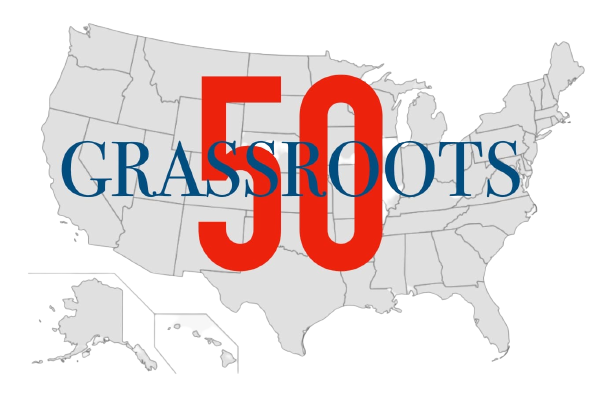For the second time in two years, the California Legislature has passed a one-off law to circumvent the California Environmental Quality Act, and this time, it doesn't look good: In June, the state legislature exempted the state's own new office building projects from CEQA.
The new law was quickly passed, and even one of the state's leading environmentalists, Sen. John Laird of Santa Cruz, expressed concern that CEQA was causing delays and increased costs for projects — much the same concerns developers have long expressed about CEQA.
The state's exemption for office building construction follows a similar action last year that allowed a University of California, Berkeley dormitory and apartment construction project on the People's Park site to survive despite a court ruling that noise from students living in a new dormitory could be a significant environmental impact requiring CEQA analysis and mitigation.
Everyone loves to hate the California Environmental Quality Act, except for environmentalists, neighborhood groups, and labor unions, who use and often abuse the law. These groups have enough political power to create a perpetual stalemate in Sacramento over whether and how to reform CEQA. Without sensible reform, the Legislature will continue to exempt projects one by one, punching holes in the law. Call it a Swiss cheese approach to public policy. Lawmakers need to be more courageous.
CEQA was passed in 1970 at the start of the environmental movement. It was passed by a Republican in Congress (Representative (and later Governor) Pete Wilson) and signed by Republican Governor Ronald Reagan. The law doesn't directly protect the environment. Rather, it requires cities and counties to analyze and minimize the potential environmental impacts of new development. And nearly anyone can challenge that analysis and mitigation measures in court, as long as they file within 90 days of the local government's “final” permit decision.
CEQA supporters claim they are just trying to make projects better, which is common. But CEQA provides plenty of opportunities for third parties to slow things down and try to kill proposed projects for reasons that have nothing to do with actual environmental issues, such as simple NIMBYism or competition between rival developers. And CEQA can give labor unions leverage to extract labor concessions from developers and their commercial tenants that wouldn't be easily obtained otherwise.
CEQA's costs are difficult to quantify. However, recent studies have About 40% of proposed housing units in California were subject to some sort of CEQA lawsuit in 2020. Of course, many of those units were ultimately built (not all CEQA lawsuits are successful), but litigation slows things down, adding cost and uncertainty to the process.
Thanks to the efforts of state Sen. Scott Wiener (D-San Francisco), some low-income housing projects are now exempt from CEQA as long as they use union labor. Backyard “accessory dwelling units” are exempt. Other infill housing projects (projects that build new housing on vacant or unused land in existing communities) may also qualify for exemptions, and cities can now consider adding them to their existing CEQA exemptions. Use potential exemptions more frequentlySome projects designated as important by the state have been quickly resolved in court, as has been the case in recent times. Site Reservoir in Colusa County.
The Swiss cheese approach in these cases makes some sense — incremental change is easier than sweeping reform — but it also leads to greater inequality.
If you build a house for a college student, you get a CEQA exemption. But if the University of California or California State University wants to build classrooms or labs for those same students, they're probably going to have to prepare a lengthy and expensive environmental impact statement. And of course, if you build a house for a student, rear Once they graduate, they don’t get CEQA abatements unless they’re building in a specific location or for a specific income group.
And while large infrastructure projects like the Sight Reservoir may be eligible for summary court review, that is at the governor's discretion. There are no set standards for automatically expediting projects.
It's time to stop poking holes in CEQA and fix it. The state must streamline CEQA review for projects that meet California's climate policy goals, as well as local plans and ordinances that support those goals. Consistent standards must be applied in all cases.
Setting standards would also help end the use of CEQA as an intimidation tool: If environmental groups, neighborhood associations, and labor unions want land use planning to help them achieve their goals, they should join the fight when land use policy is being developed, rather than using CEQA as a cudgel on a project-by-project basis.
Common sense tells us that such reforms would be politically difficult and impossible to achieve, but how many holes must the Legislature poke in CEQA, whether for the state’s own projects or those of its politically influential friends, before it pulverizes the state’s growth and development policy in a Swiss cheese fashion?
William Fulton said, “California Planning and Development ReportHe is the former mayor of Ventura and former city planning director for the City of San Diego.
















